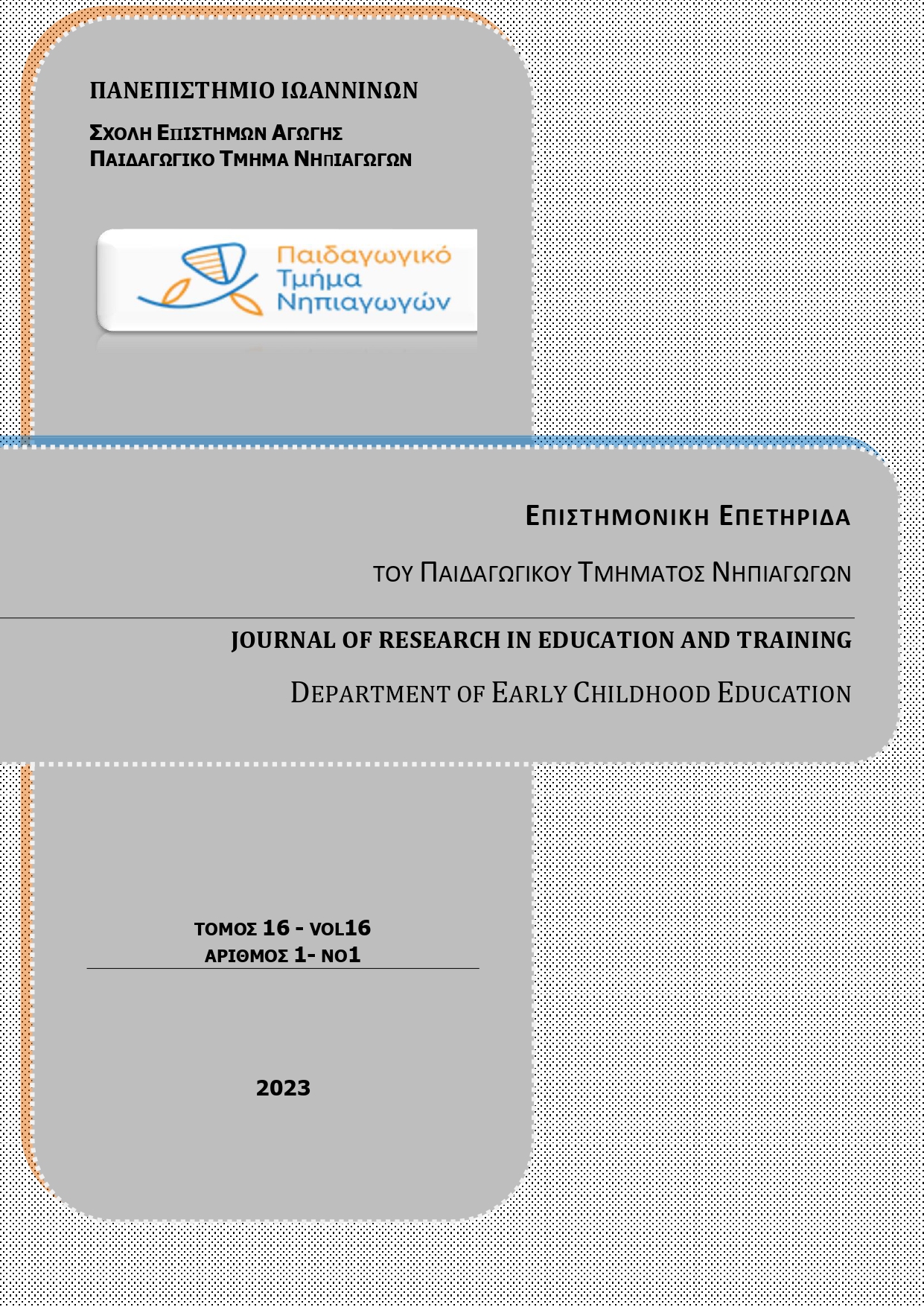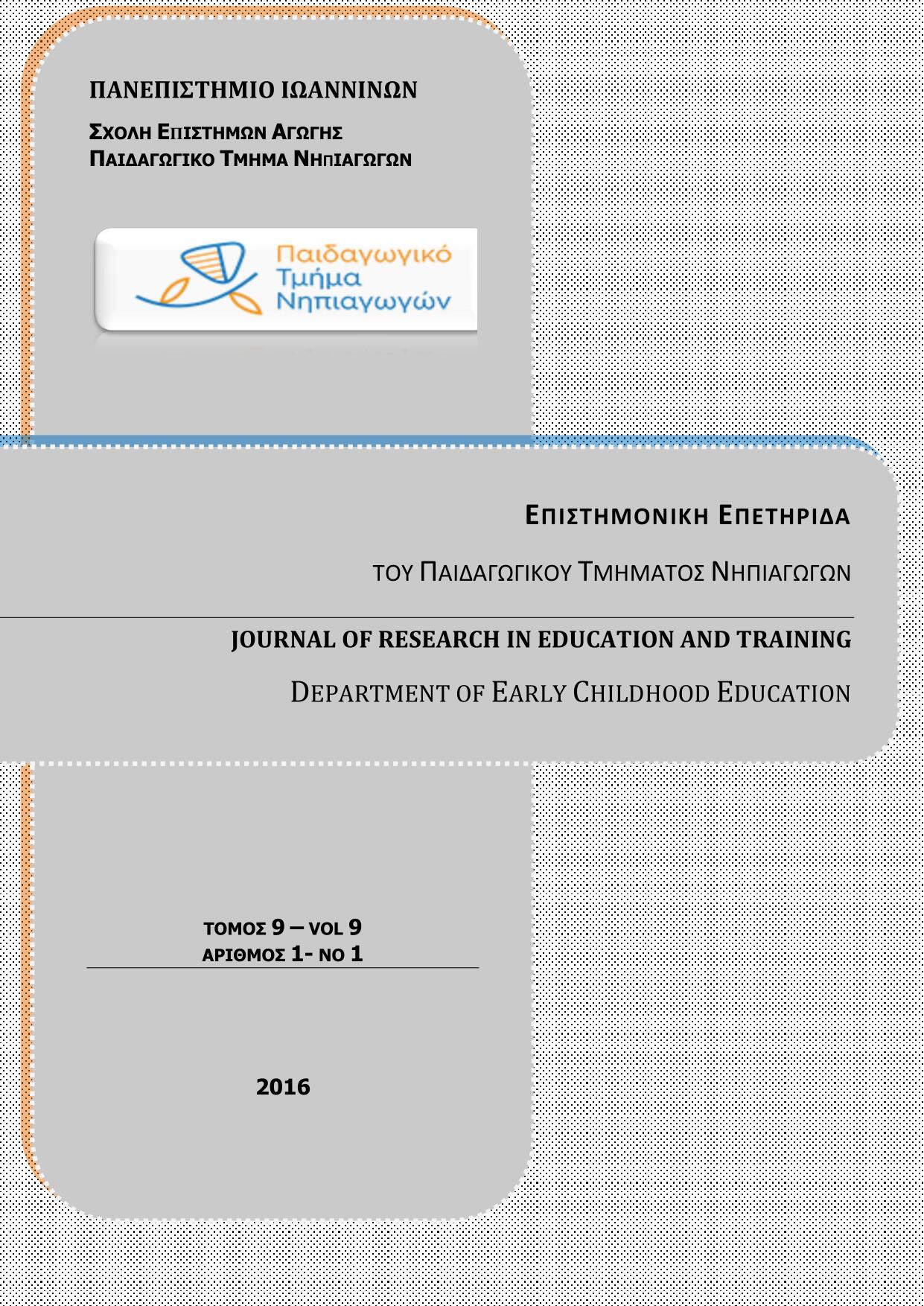Children’s sketch: The expression of anxiety and emotions in children’s drawings

Abstract
The purpose of the study is to investigate the expressive strategies used by 11- and 12-year-old children to capture anxiety, positive and negative emotions in their drawing.
The research sample consisted of 60 (5th) and (6th) grade children. Participants completed the following questionnaires: (1) State-Trait Anxiety Inventory for Children (STAI-C) and (2) Positive and Negative Affect Scales (PANAS). At the same time, the children were asked to draw a human figure in a specific emotional state: (a) a figure that does not feel any emotion, (b) a figure that feels anxiety, (c) a figure that experiences positive emotions and (d) a figure that experiences negative emotions. The results of the research showed that the participants chose specific expressive strategies to depict the studied emotions. Furthermore, the existence of a relationship between the experience of emotions and the way children presents each emotion in their drawing was identified. The results of the study are discussed in the context of the modern literature concerning the study of children's drawings.
Article Details
- How to Cite
-
Γαβριηλίδου Α. Μ., & Κάμτσιος Σ. (2023). Children’s sketch: The expression of anxiety and emotions in children’s drawings . Journal of Research in Education and Training, 16(1), 114–141. https://doi.org/10.12681/jret.33992
- Issue
- Vol. 16 No. 1 (2023):
- Section
- Articles

This work is licensed under a Creative Commons Attribution-NonCommercial-ShareAlike 4.0 International License.
Authors who publish with this journal agree to the following terms:
- Authors retain copyright and grant the journal right of first publication with the work simultaneously licensed under a Creative Commons Attribution Non-Commercial License that allows others to share the work with an acknowledgement of the work's authorship and initial publication in this journal.
- Authors are able to enter into separate, additional contractual arrangements for the non-exclusive distribution of the journal's published version of the work (e.g. post it to an institutional repository or publish it in a book), with an acknowledgement of its initial publication in this journal.
- Authors are permitted and encouraged to post their work online (preferably in institutional repositories or on their website) prior to and during the submission process, as it can lead to productive exchanges, as well as earlier and greater citation of published work (See The Effect of Open Access).



